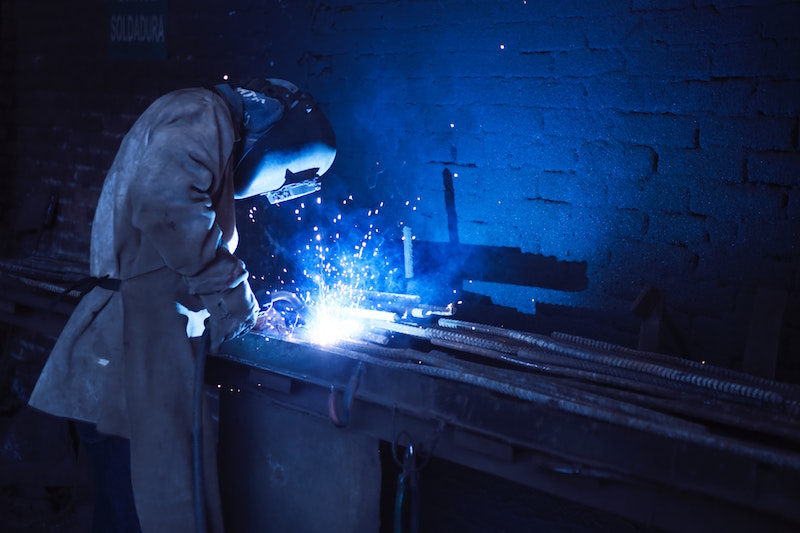
The welding process has improved dramatically over the past few decades. Today, welding and plasma cutting procedures are fast and more precise, thanks to the invention of highly advanced equipment. Plasma cutting typically refers to the cutting of aluminum, steel and other conductive metals using a stream of hot plasma. It’s a productive and accurate means of cutting metal sheets and blocks.
If you’re unwilling to pay an arm and a leg for a plasma cutter, you can simply purchase a Budget Plasma Cutter that offers efficient metal cutting.
Here are the 4 things you need to know about plasma cutting and welding in the modern era:
1. It’s fast and precise
The processes of plasma cutting and welding are quite fast and accurate. Plasma is a great conductor of electricity, allowing you to cut through metal sheets with minimal effort. In addition, the resultant cut is clean. Plasma cutting actually originated from plasma welding, a unique welding sub-type that uses electrically ionized gas (plasma) to fuse two metals together. By increasing the plasma discharge, you’re able the transform the electronic welder into a cutter. Before plasma is generated, a starting arc must first be created. These are of two types: Pilot Arc and High-Frequency Contact.
2. Three major welding processes
Today, welding is usually so accurate that it produces highly clean welds. There are three key types of welding that include MIG, TIC and Stick welding. These welding procedures differ widely in terms of type of materials used and quality of the weld. Metal inert gas (MIG) welding is the easiest and most preferred type, followed by Stick welding. However, if you’re interested in more professional welds such as those required in architecture and automotive engineering, then TIG welding should be your forte. Beginners must acquaint themselves with these three welding procedures if they desire to develop their welding skills.
3. Plasma and water don’t mix
Although plasma provides the most effective way to cut metal, it has one major enemy: water. However, the source of moisture might not be glaringly apparent at first. Water is commonly trapped in compressed air found in metal. Such moisture can inhibit a plasma torch’s capacity to generate an arc and sustain it. When your normal plasma cutting processes result in excessive sputtering and popping, there’s normally water held in compressed spaces within the metal. You can utilize a disposable air filter to eliminate any traces of moisture when using a plasma cutter.
4. Maintenance of your welders and plasma cutters is crucial
Apart from cleaning your equipment and working area after every operation, it’s important to maintain those tools in tiptop condition. Check the gas cylinders, assess the electrical connections and replace any worn-out parts. Regular maintenance prolongs the lifespan of your welder/plasma cutter, allowing you to utilize such equipment for many years. In addition, inspecting your power tools helps to improve their efficiency. The welding surface should always be kept clean to avoid any errors that might occur during welding.
Welding and plasma cutting procedures have greatly improved, providing better results in this modern era.
Related read: 2 Types of Welding Helmets You Need to Consider
